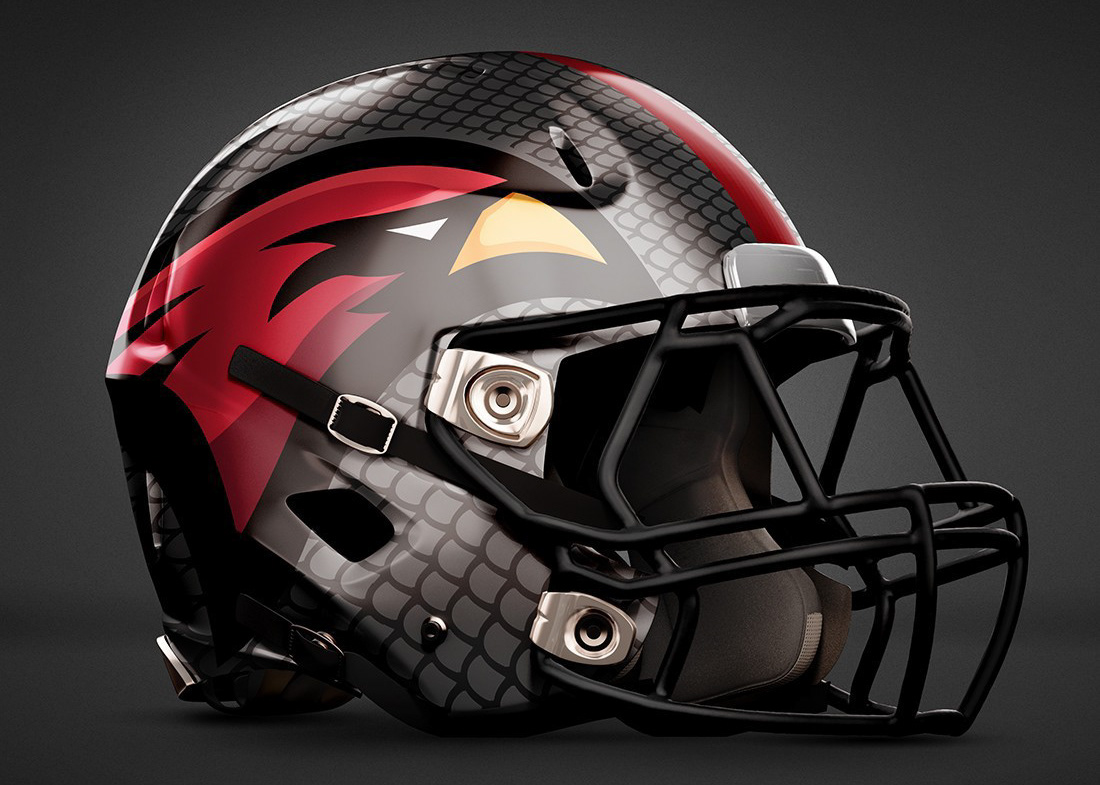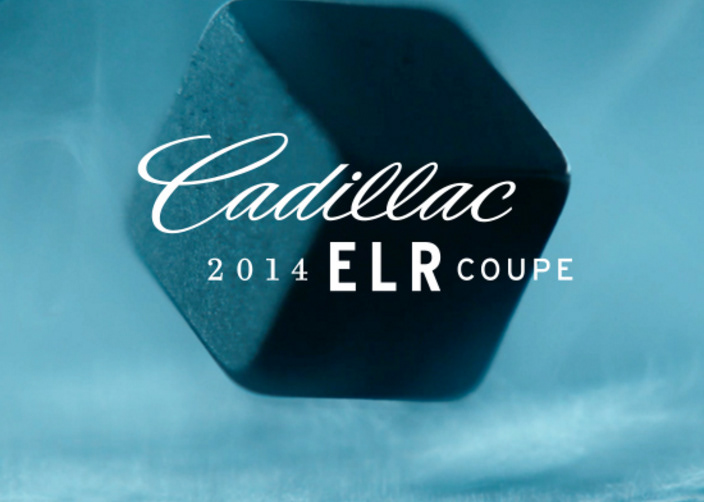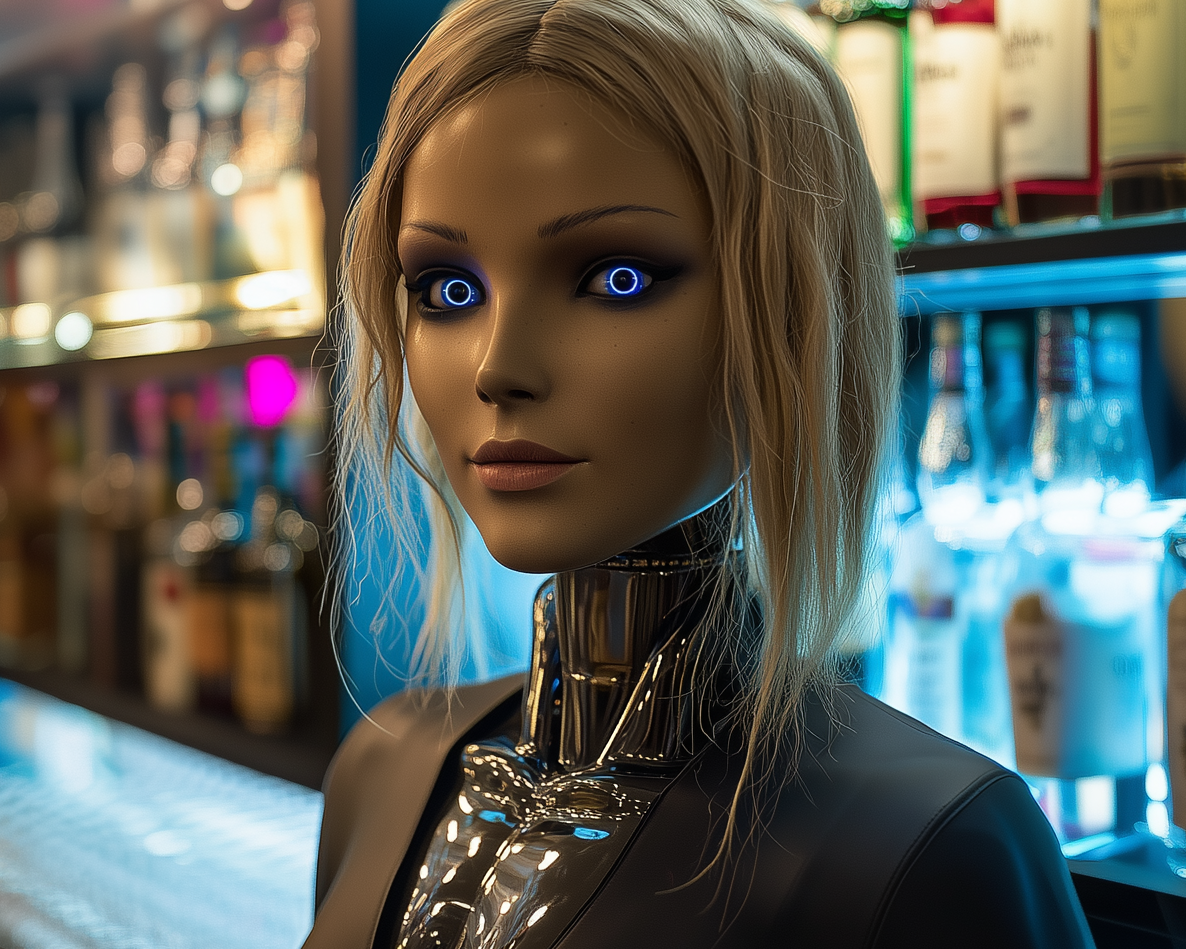artist statement
This collection explores the paradoxical legacy of a beloved icon.
"Mr. Hockey."
The relentless and intimidating superstar
who bruised opponents while breaking records.
"Mr. Howe."
The friendly and good-hearted human
who loved his family and laughed with his fans.
As with so many icons, the deep complexity of Gordie Howe's
humanness — ripe with stories of kindness and generosity —
may fade over time, giving way to the simplest idea he represents:
the most skilled and toughest hockey player of all time.
But to those closest to man, the person was far greater than the player.
My aim is to remember the hockey icon,
but never forget the iconic gentleman.
"Mr. Hockey."
The relentless and intimidating superstar
who bruised opponents while breaking records.
"Mr. Howe."
The friendly and good-hearted human
who loved his family and laughed with his fans.
As with so many icons, the deep complexity of Gordie Howe's
humanness — ripe with stories of kindness and generosity —
may fade over time, giving way to the simplest idea he represents:
the most skilled and toughest hockey player of all time.
But to those closest to man, the person was far greater than the player.
My aim is to remember the hockey icon,
but never forget the iconic gentleman.
– Zelley
At Heart
At Heart celebrates two sides of hockey icon, Gordie Howe.
The headstrong player, and the fun-loving person.
The headstrong player, and the fun-loving person.
In this Rockwell-esque painting, Zelley deptics Gordie Howe
covered in sweat, and his sweater covered in blood, as he exits
a game and shares a joyful moment with a young fan. The two
characters mirror each other in posture and expression, drawing
similarities between the young boy’s youthful enthusiasm for
meeting the hockey star and Gordie Howe’s kid-at-heart
mentality and love for the game of hockey.
covered in sweat, and his sweater covered in blood, as he exits
a game and shares a joyful moment with a young fan. The two
characters mirror each other in posture and expression, drawing
similarities between the young boy’s youthful enthusiasm for
meeting the hockey star and Gordie Howe’s kid-at-heart
mentality and love for the game of hockey.
Gordie Pow!
“It's better to give than to receive.”
– Gordie Howe
– Gordie Howe
With playful colors and a comic-inspired style, Zelley
portrays a smiling Gordie Howe using one of his infamous
elbows on Maurice “Rocket” Richard. Contrary to popular
belief, there was no bad blood between the two players.
That myth began when Howe hit Richard coming across
the line, and according to Howe, “he spun like a rocket and
fell down.” Howe went on to explain, “He wasn’t hurt that
much and I started to laugh. But the laughter stopped
when there were eight guys on me.”
portrays a smiling Gordie Howe using one of his infamous
elbows on Maurice “Rocket” Richard. Contrary to popular
belief, there was no bad blood between the two players.
That myth began when Howe hit Richard coming across
the line, and according to Howe, “he spun like a rocket and
fell down.” Howe went on to explain, “He wasn’t hurt that
much and I started to laugh. But the laughter stopped
when there were eight guys on me.”
1,071
In this work, Zelley remembers Gordie Howe not for his
tough reputation, but his historically elite ability to score.
tough reputation, but his historically elite ability to score.
This Pointilism-inspired piece is composed of 1,071
individual small paintings of pucks on top of a hockey rink.
The pucks flow out of the net to create the likeness of Howe.
individual small paintings of pucks on top of a hockey rink.
The pucks flow out of the net to create the likeness of Howe.
Endure
With legendary endurance, Gordie Howe withstood pain
and injuries to thrive for five decades of professional hockey.
and injuries to thrive for five decades of professional hockey.
In the artwork Endure, Zelley puts Howe’s remarkable
toughness on a pedestal by depicting a weathered statue
of him standing strong against a vast blue sky background.
While the towering statue has several chips and cracks in
its marble, the figure of Gordie Howe remains sturdy on
its base, and his grin remains perfectly intact.
toughness on a pedestal by depicting a weathered statue
of him standing strong against a vast blue sky background.
While the towering statue has several chips and cracks in
its marble, the figure of Gordie Howe remains sturdy on
its base, and his grin remains perfectly intact.
9
9 reveals the story behind Gordie Howe’s reason
to sport his famous number.
to sport his famous number.
Originally wearing number 17 as a Red Wings rookie,
Howe switched to 9 after it became available because,
in his words, it meant he “got a better night’s sleep.”
In 1947, the team traveled by train, and players with
lower numbers got lower berths. Number 9 allowed
Howe to rest in a lower bed and avoid the climb into
an upper bunk.
Howe switched to 9 after it became available because,
in his words, it meant he “got a better night’s sleep.”
In 1947, the team traveled by train, and players with
lower numbers got lower berths. Number 9 allowed
Howe to rest in a lower bed and avoid the climb into
an upper bunk.
Inspired by this story, Zelley features a 1940-style
locomotive traveling at night, charging head-on through
a glowing cloud of smoke. The number 9, along with
Howe’s iconic three-line signature, is painted squarely
on the front of the oncoming train. With dramatic
lighting and coloring, the work exudes power and
intimidation reminiscent of Howe’s presence on the ice.
locomotive traveling at night, charging head-on through
a glowing cloud of smoke. The number 9, along with
Howe’s iconic three-line signature, is painted squarely
on the front of the oncoming train. With dramatic
lighting and coloring, the work exudes power and
intimidation reminiscent of Howe’s presence on the ice.
Hockey Dad
Long before Gordie Howe played professional hockey
with two of his sons, Mark and Marty, he did what many
other parents have done, helped his children suit up for life.
with two of his sons, Mark and Marty, he did what many
other parents have done, helped his children suit up for life.
In Hockey Dad, Zelley depicts a sincere moment in the life
of Gordie Howe, the hockey dad. Holding his boys’ hands,
a sturdy and towering Howe supports his children as they
walk in ice skates. The father and sons wear the numbers
they’ll eventually wear when they play together on the
Houston Aeros from 1973-77.
of Gordie Howe, the hockey dad. Holding his boys’ hands,
a sturdy and towering Howe supports his children as they
walk in ice skates. The father and sons wear the numbers
they’ll eventually wear when they play together on the
Houston Aeros from 1973-77.
Gordie Howe Hat Trick
In the action-packed triptych, Zelley puts the viewer on
the ice to marvel at the unique skill set of a hockey legend.
the ice to marvel at the unique skill set of a hockey legend.
Each frame shows Gordie Howe masterfully accomplishing
the three in-game feats that would eventually inspire a new
variation of the hockey hat trick. The Gordie Howe Hat Trick:
An assist, a goal and a fight in one game. In 1953, Howe
accomplished his first hat trick of this variety against the
Toronto Maple Leafs, assisting on the first goal of the game,
adding his own goal, then fighting with Fern Flaman.
the three in-game feats that would eventually inspire a new
variation of the hockey hat trick. The Gordie Howe Hat Trick:
An assist, a goal and a fight in one game. In 1953, Howe
accomplished his first hat trick of this variety against the
Toronto Maple Leafs, assisting on the first goal of the game,
adding his own goal, then fighting with Fern Flaman.
The Hall
In The Hall, Zelley imagines an intimate moment between
Gordie Howe and his son Mark Howe, moments after Mark's
heartfelt Hockey Hall of Fame induction speech, in which he
wore Gordie's number 9 jersey for the first time.
Gordie Howe and his son Mark Howe, moments after Mark's
heartfelt Hockey Hall of Fame induction speech, in which he
wore Gordie's number 9 jersey for the first time.
The work shows a father and son talking in the hallway of a home
with family photos hanging on the walls, showing this is truly a
family accomplishment.
with family photos hanging on the walls, showing this is truly a
family accomplishment.
The Parade
The Parade gives a nod to one of Howe family’s favorite
films, Ferris Bueller’s Day off—in which Ferris’ buddy Cameron
sports a Gordie Howe jersey for nearly the whole movie.
films, Ferris Bueller’s Day off—in which Ferris’ buddy Cameron
sports a Gordie Howe jersey for nearly the whole movie.
In this painting, Zelley depicts an aerial view of an automobile
inspired by the 1961 Ferrari 250 GT California Spider.
The sleek, red convertible carries Howe along a parade route
through swirling confetti, reminiscent of a hometown parade
thrown for Gordie Howe and his family in Saskatoon,
Saskatchewan in 1966.
inspired by the 1961 Ferrari 250 GT California Spider.
The sleek, red convertible carries Howe along a parade route
through swirling confetti, reminiscent of a hometown parade
thrown for Gordie Howe and his family in Saskatoon,
Saskatchewan in 1966.
The Beginning
In The Beginning, Zelley captures the profound moment
a young Gordie Howe first laced up a skate. That singular
moment changed the course of hockey history.
a young Gordie Howe first laced up a skate. That singular
moment changed the course of hockey history.
Built on an angular composition building from a dramatic
view of the skate, we see a young boy filled with wonder
and excitement. A sack of items lays in the background
and a dime sits on the chair next to the boy, representing
the dime he would eventually borrow from his mother to
pay his sister for the second skate.
view of the skate, we see a young boy filled with wonder
and excitement. A sack of items lays in the background
and a dime sits on the chair next to the boy, representing
the dime he would eventually borrow from his mother to
pay his sister for the second skate.
The lighting in this piece illuminates the skate, symbolizing
the bright future ahead of him.
the bright future ahead of him.









